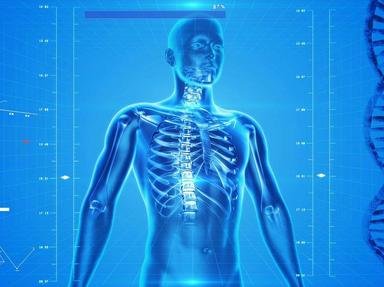Quiz Answer Key and Fun Facts
1. Most of the cells in the human body can only be seen with a microscope. Which cell, however, is visible (if barely) to the human eye?
2. The twelve pairs of ribs encircle the chest of a human. The eleventh and twelfth pairs are called "floating ribs". What is the reason for that?
3. Organs do many things in our body. They help us to process nutrients and oxygen, circulate blood and remove waste. What is the body's largest organ?
4. The eye is an organ that enables people to see. We can speak of someone's "baby blues" or the song "Brown-Eyed Girl". Which part of the eye gives a person his or her eye color?
5. When I was young, I learned about four tastes that the taste buds on the tongue could detect: sweet, sour, salty, and bitter. There is a fifth taste that our tongue can detect. What is it?
6. The heart is the focus of the circulatory system. Most arteries carry oxygenated blood away from the heart. Which artery carries deoxygenated blood away from the heart?
7. Many doctors use medical terms (often in Latin) to describe various parts of the body. What is the everyday term for the hallux?
8. When you have polydactyly, which body part do you have more than the standard amount?
9. The human skeleton contains 206 bones, including the three smallest in the human body: the malleus, the incus, and the stapes. Where would you find these bones?
10. The digestive system includes the small intestine and the large intestine. Which one is usually longer?
Source: Author
bernie73
This quiz was reviewed by FunTrivia editor
rossian before going online.
Any errors found in FunTrivia content are routinely corrected through our feedback system.

